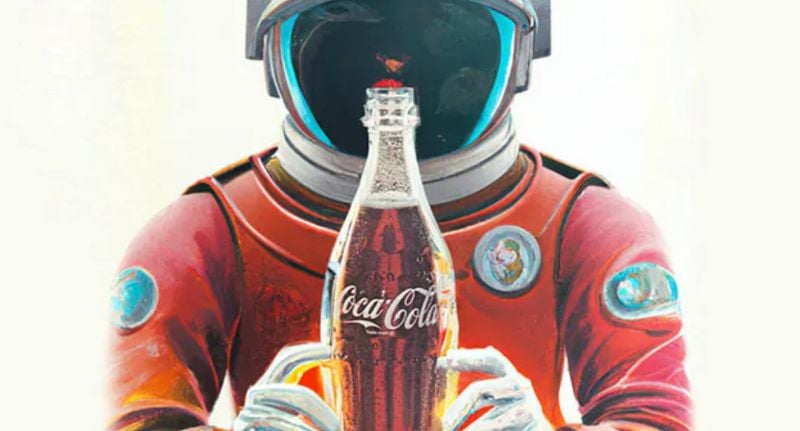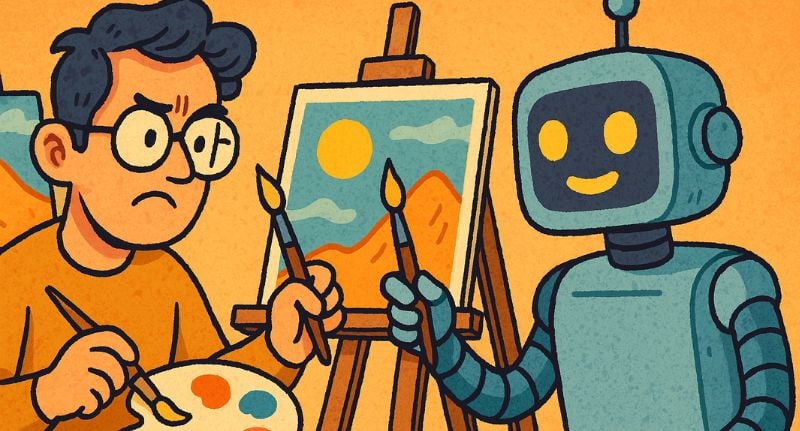By Ori Gold, Co-Founder and CEO, Bench Media.
The past two years have been an arms race to do something with AI. From amaysim’s AI-generated TVC to Peter Alexander’s glitchy AI dogs and The ICONIC’s synthetic fashion models, brands have been bold enough to experiment and push creative boundaries.
Yet for all the clever use of AI, a paradox has emerged that sums up a cultural tension that marketers now face: a gap between fascination and fatigue, innovation and integrity.
This was clearly revealed in the results of Bench Media’s latest national study, where 77 percent of Australians believe AI-generated ads promote unrealistic beauty standards, yet more than half, 57 percent, say AI can be just as creative as humans.

The ICONIC’s synthetic fashion models
When novelty stops connecting
Brands like amaysim and The ICONIC deserve credit for leading the way, yet novelty alone doesn’t build connection. Audiences are asking sharper questions, such as ‘is it real?’, ‘who made it?’ and ‘what got replaced?’ The shine of AI gimmicks is fading, and authenticity now matters more than ever.
We can safely say that AI is reshaping what Australians expect from brands. Three in four Australians now use AI tools in daily life (we already know Aussies shop, scroll and search using AI), most often to research purchases, so consumers understand what is authentic and what is not.
When consumers see brands deploying AI carelessly, it feels manipulative rather than magical. Our research shows 60 percent of Australians want all AI-generated ads clearly labelled. In other words, the public is not anti-AI; they are anti-make-believe.

Gen Z’s call for authenticity
Marketers have spent the past decade mastering “authentic storytelling,” only for GenAI to throw that definition into chaos.
The irony is that Gen Z, the so-called digital natives, are the most critical of AI’s creative ability. Forty-four percent believe humans still do it better. That’s not cynicism; I’d call it discernment. This generation can spot an AI-polished brand voice from a mile away.
What they are demanding is creativity grounded in lived experience, with humour, imperfection and cultural nuance.
AI can support that process by analysing trends, testing tone or speeding up production, but it cannot replace the intuition that makes an idea feel real. The brands getting it right use AI as a creative multiplier, not a substitute.

The Coca-Cola contrast
Let’s remember Coca-Cola’s ‘Create Real Magic’ campaign, which invited fans to co-create artwork using AI trained on the brand’s iconic visuals.
No one can deny this was a clever fusion of technology and imagination that generated global buzz and positioned Coca-Cola as one of the first major brands to put generative AI directly in the hands of consumers. Millions engaged with it, and the results showed what AI can do when it amplifies participation rather than replaces it.
But the campaign also served as a reminder that success with AI-driven creativity depends on more than novelty. It requires restraint, cultural sensitivity and a strong human filter to keep the work authentic.
Coca-Cola learned that lesson the hard way a year later with its AI-generated Christmas campaign, which was widely criticised for looking “soulless” and “dystopian.”
The visuals felt off, too perfect, too polished and emotionally hollow. It showed that when AI is used as a shortcut instead of a creative partner, the output might impress technically but fail to connect emotionally.
The empathy equation
One campaign made people feel part of the brand; the other reminded them that even the world’s most recognisable brand can lose its warmth if it forgets the human touch.
Bridging the generational trust gap means designing hybrid experiences.
Younger Australians praise speed, efficiency and personalisation, while older audiences value empathy, transparency and human oversight. The winning formula is AI for efficiency and humans for empathy.
Retailers, for example, can use AI to instantly answer stock questions or suggest products, but when a customer wants to complain or share feedback, a real person should step in.
It is not rocket science, it’s respect.
Thirty percent of Australians told us their ideal customer experience blends automation with genuine human connection. The takeaway is simple: consumers don’t want a fully automated experience and instead value having a choice.
Representation and responsibility
Not surprisingly, the most confronting statistic revealed was not about technology, it was about image. Seventy-seven percent of Australians believe AI-generated models reinforce unrealistic beauty standards. That’s a wake-up call for every marketer using AI-built visuals.
Representation is not a checkbox; it is the emotional currency of modern branding. If people do not see themselves reflected, they disconnect.
Used responsibly, AI can expand representation by generating diverse body types, skin tones and cultural contexts faster than ever. But that only works when humans sense-check outputs for cultural sensitivity and realism. Otherwise, you are just scaling bias at the speed of light.
The moral debate about AI in advertising is already boring consumers. They do not want another think piece on whether machines can be creative; they want proof that brands can use technology without losing humanity.

